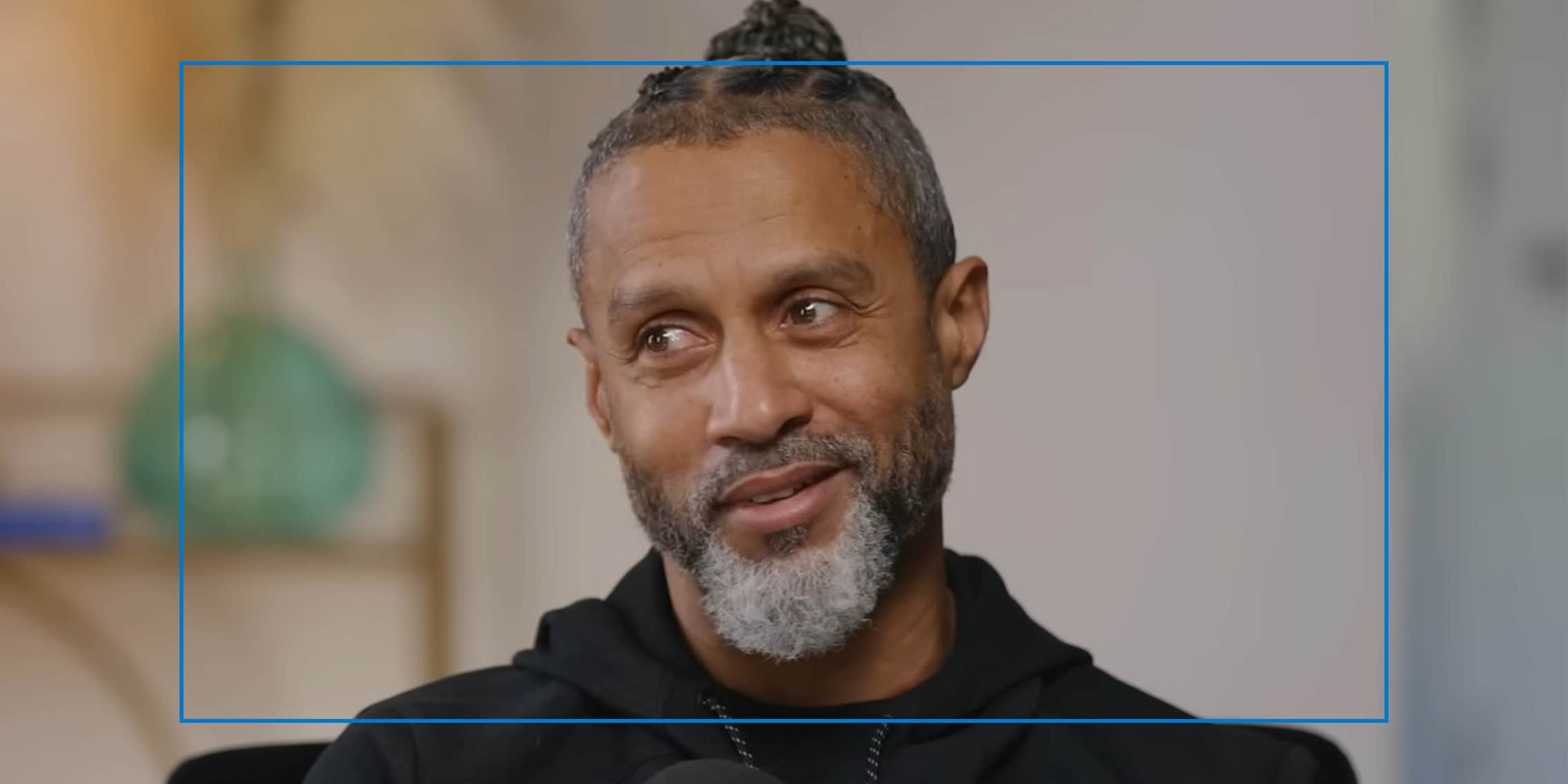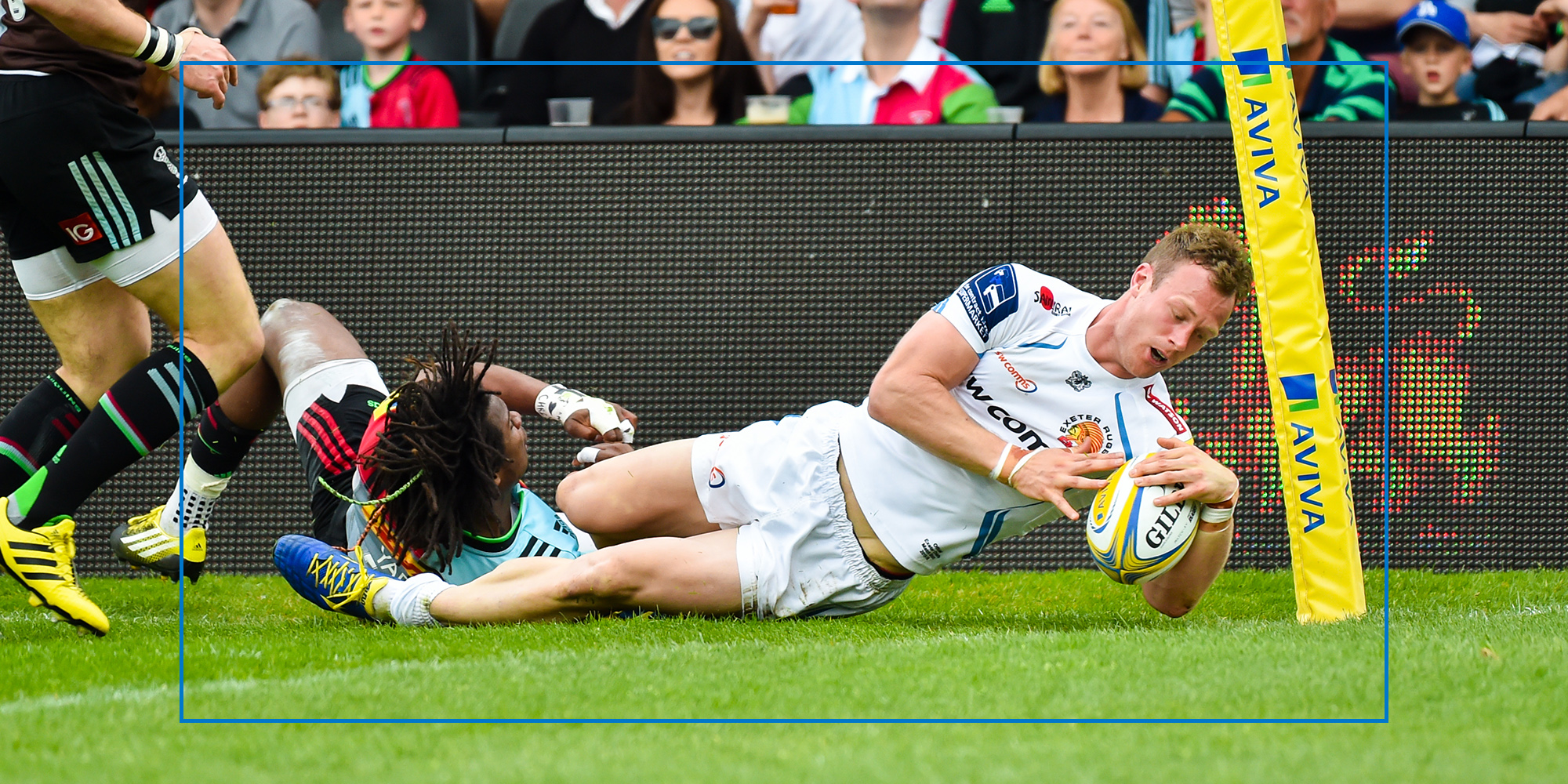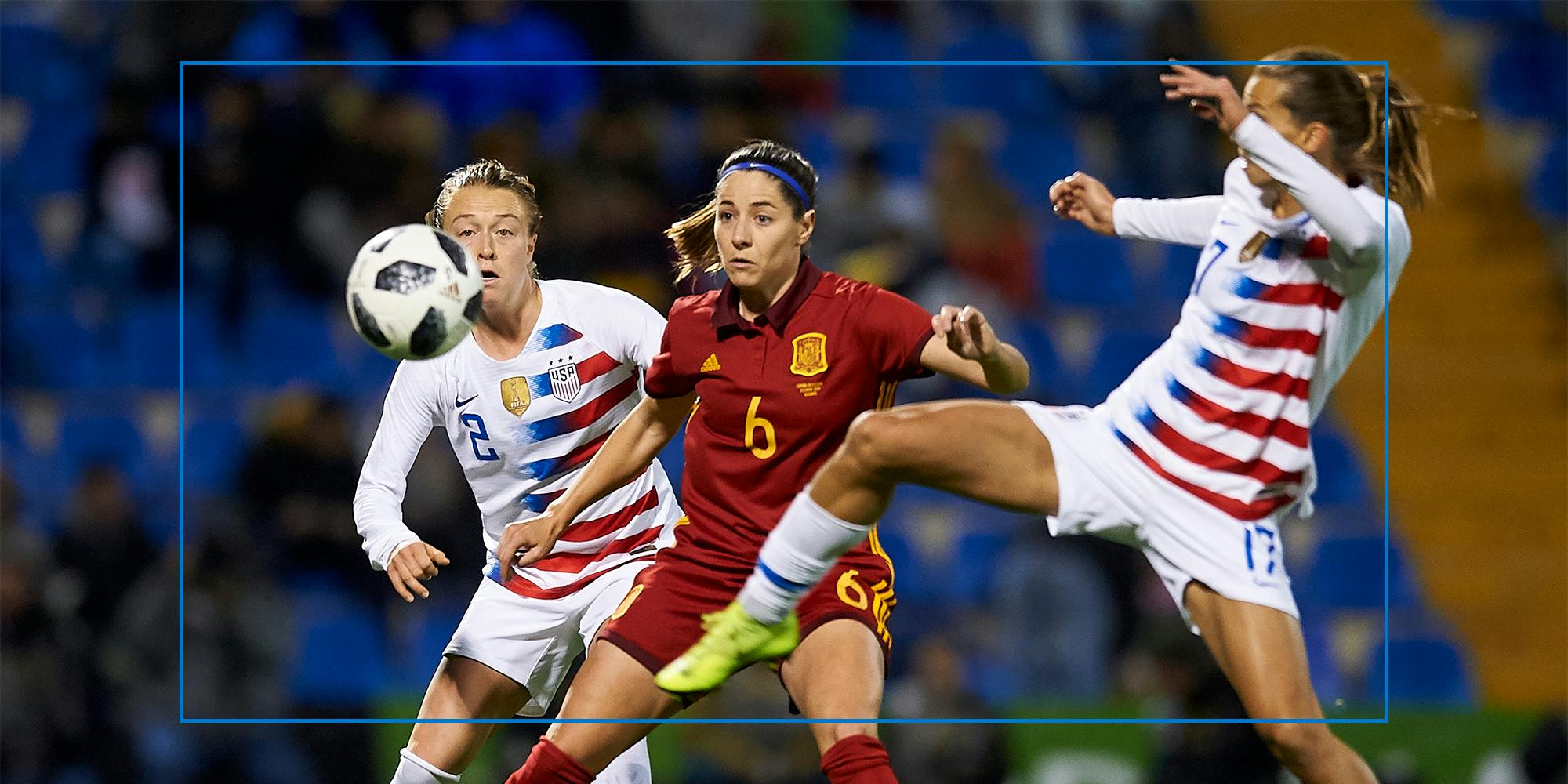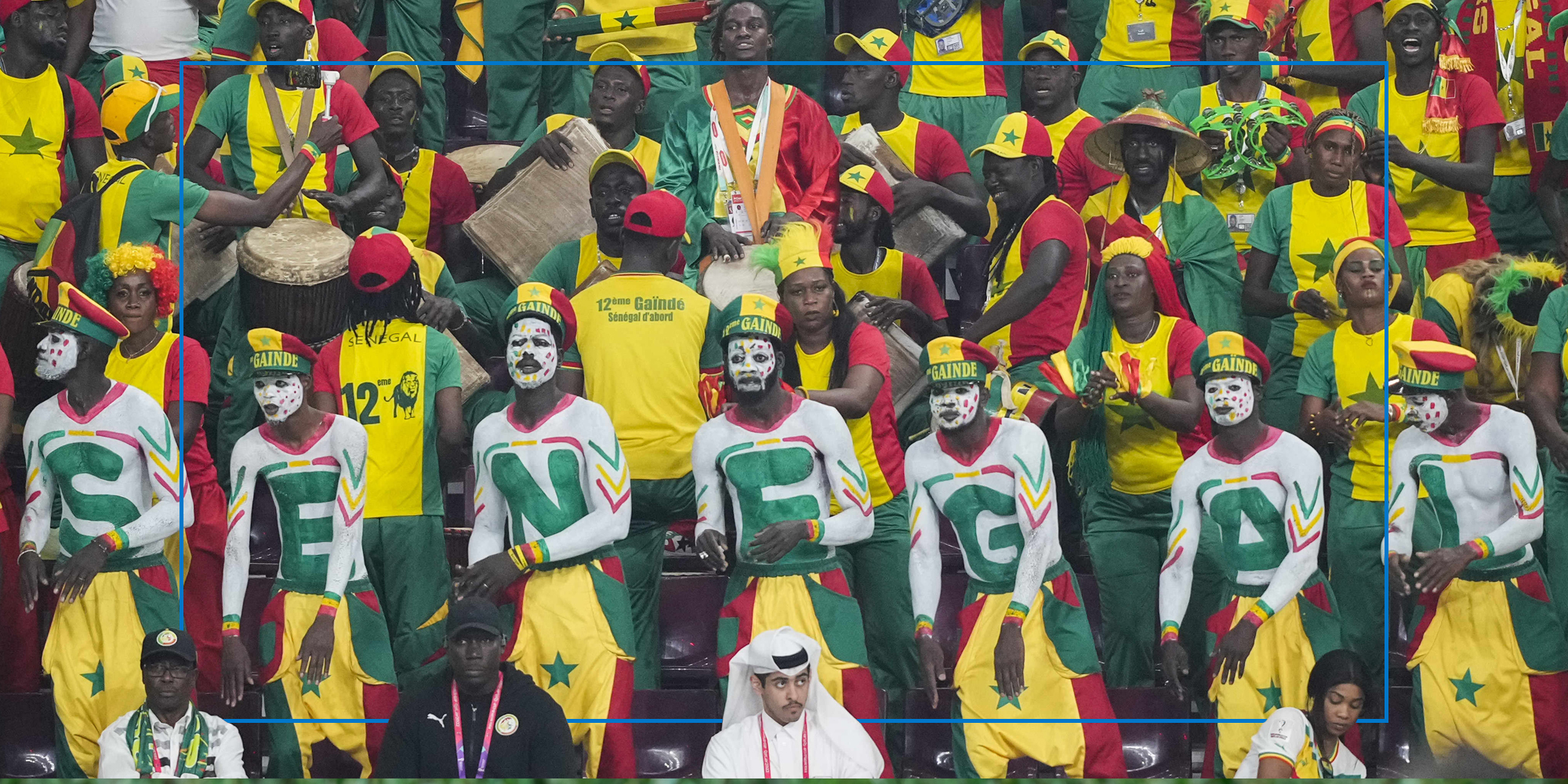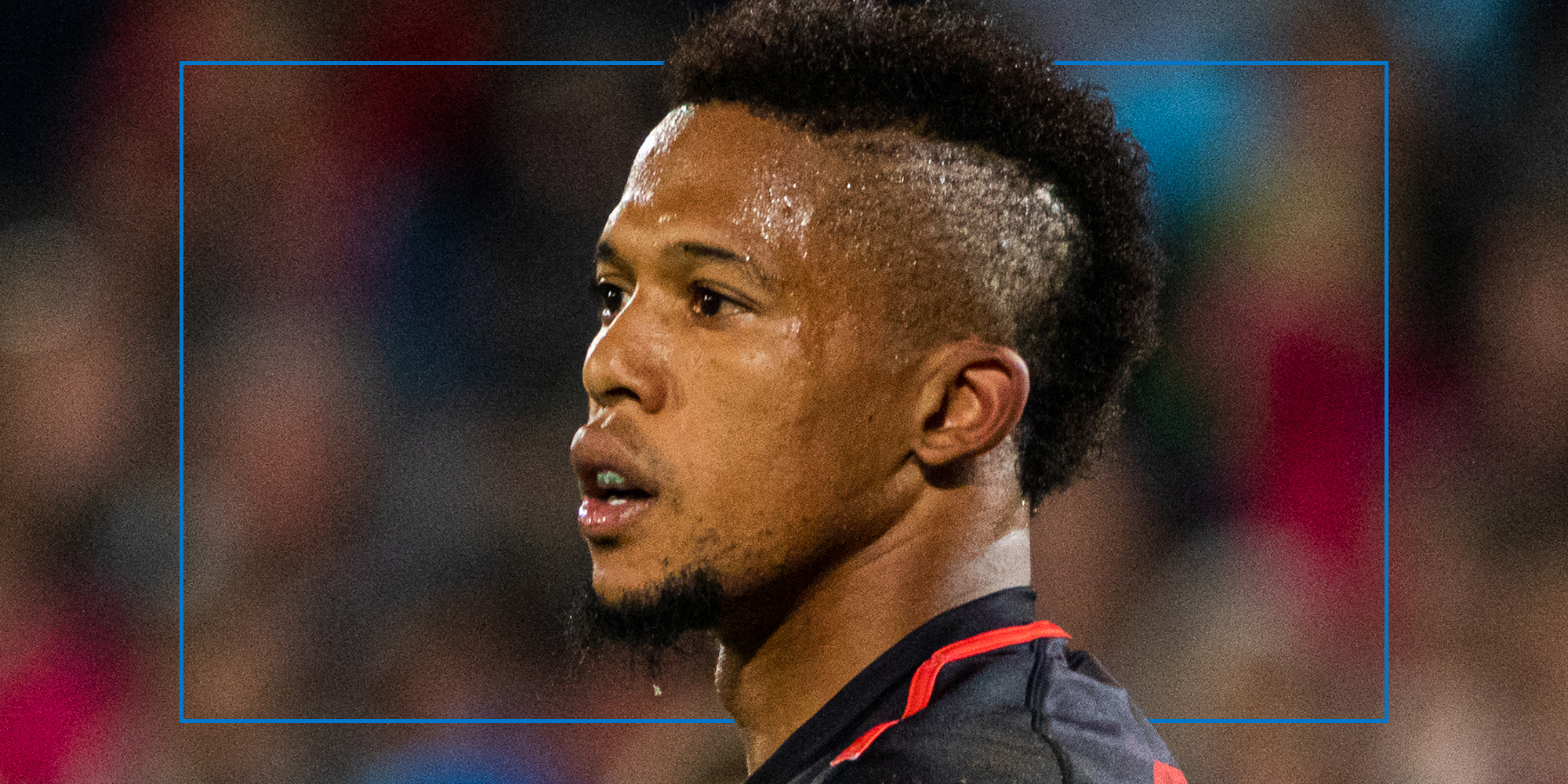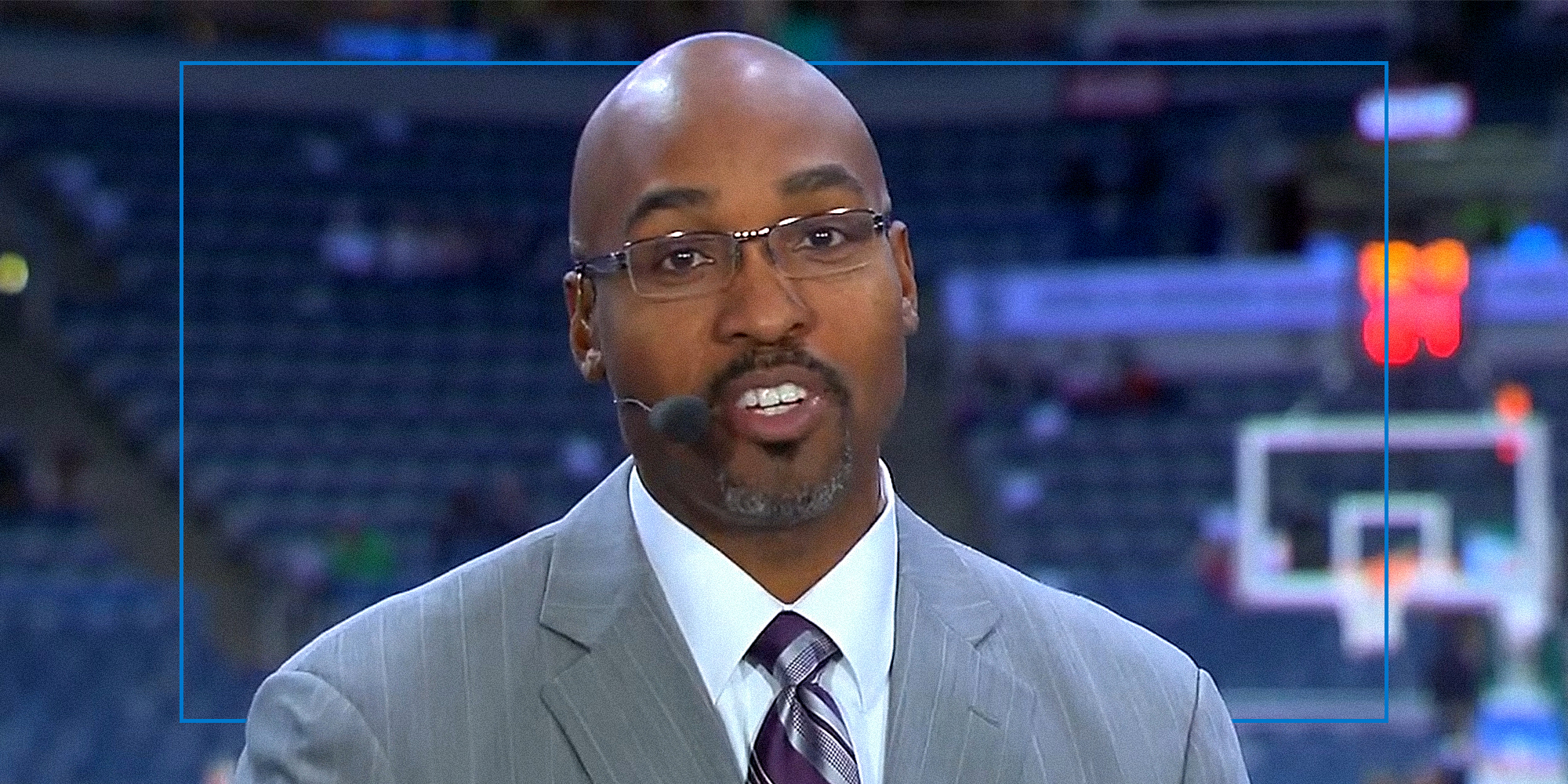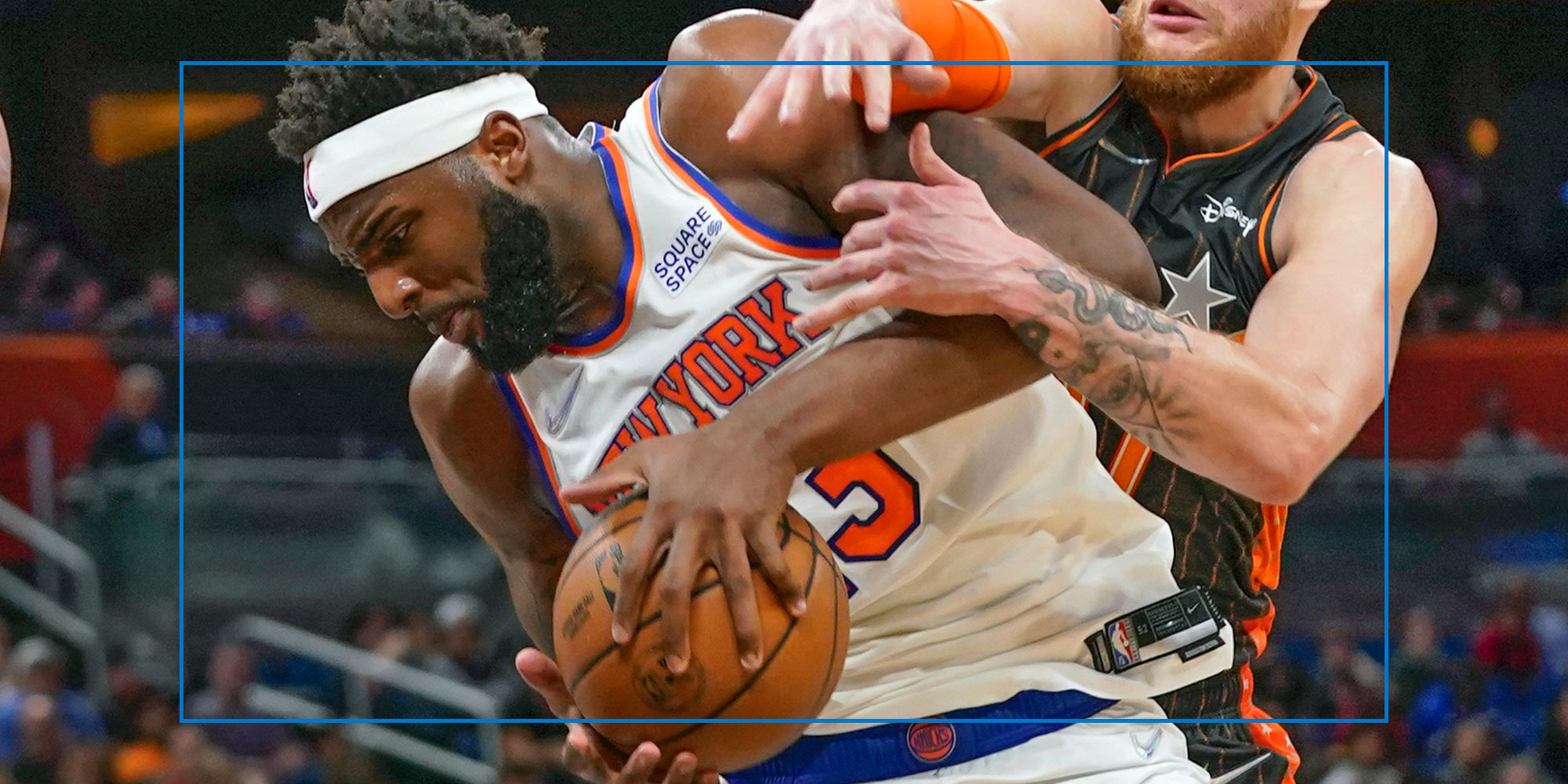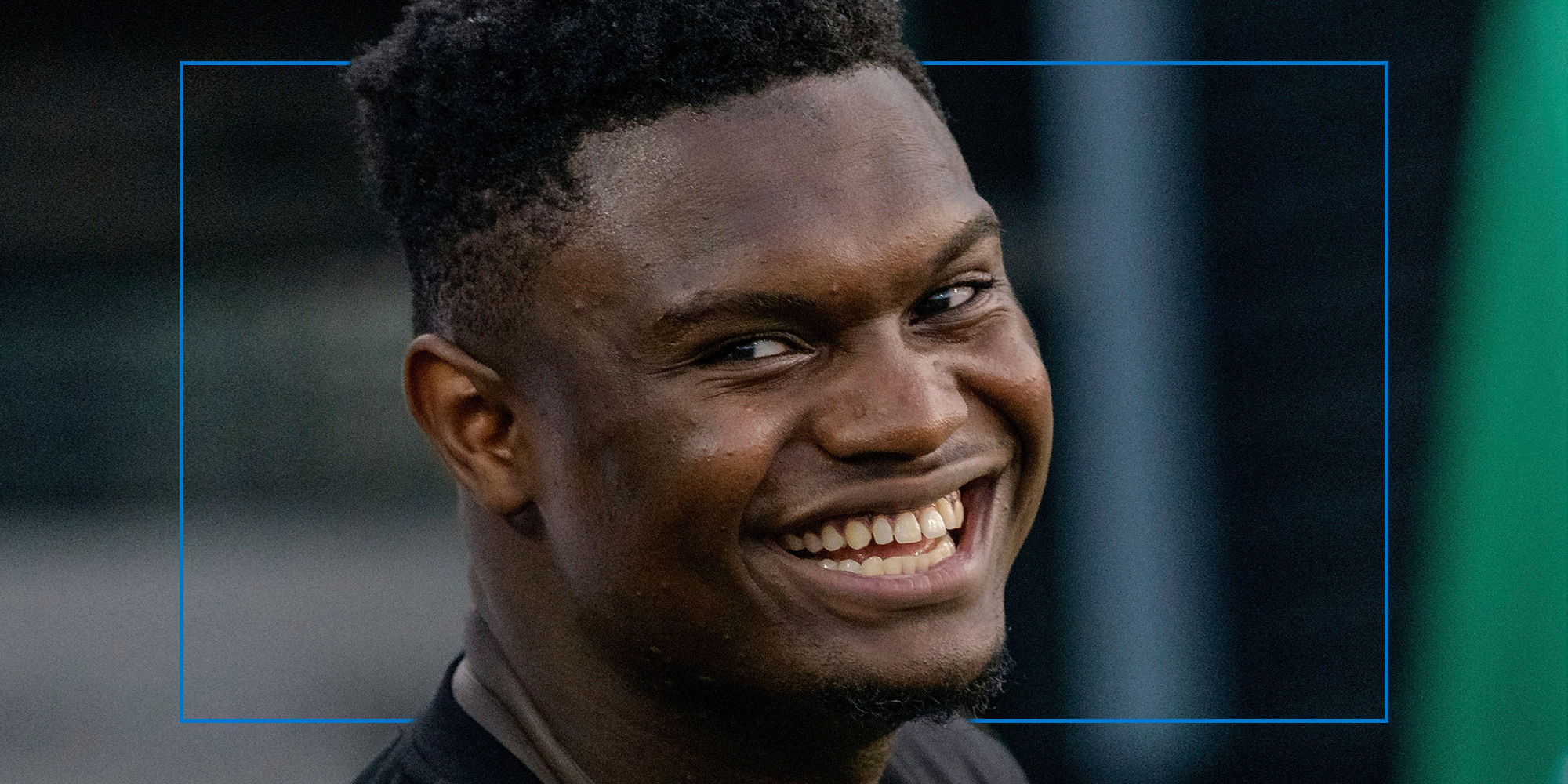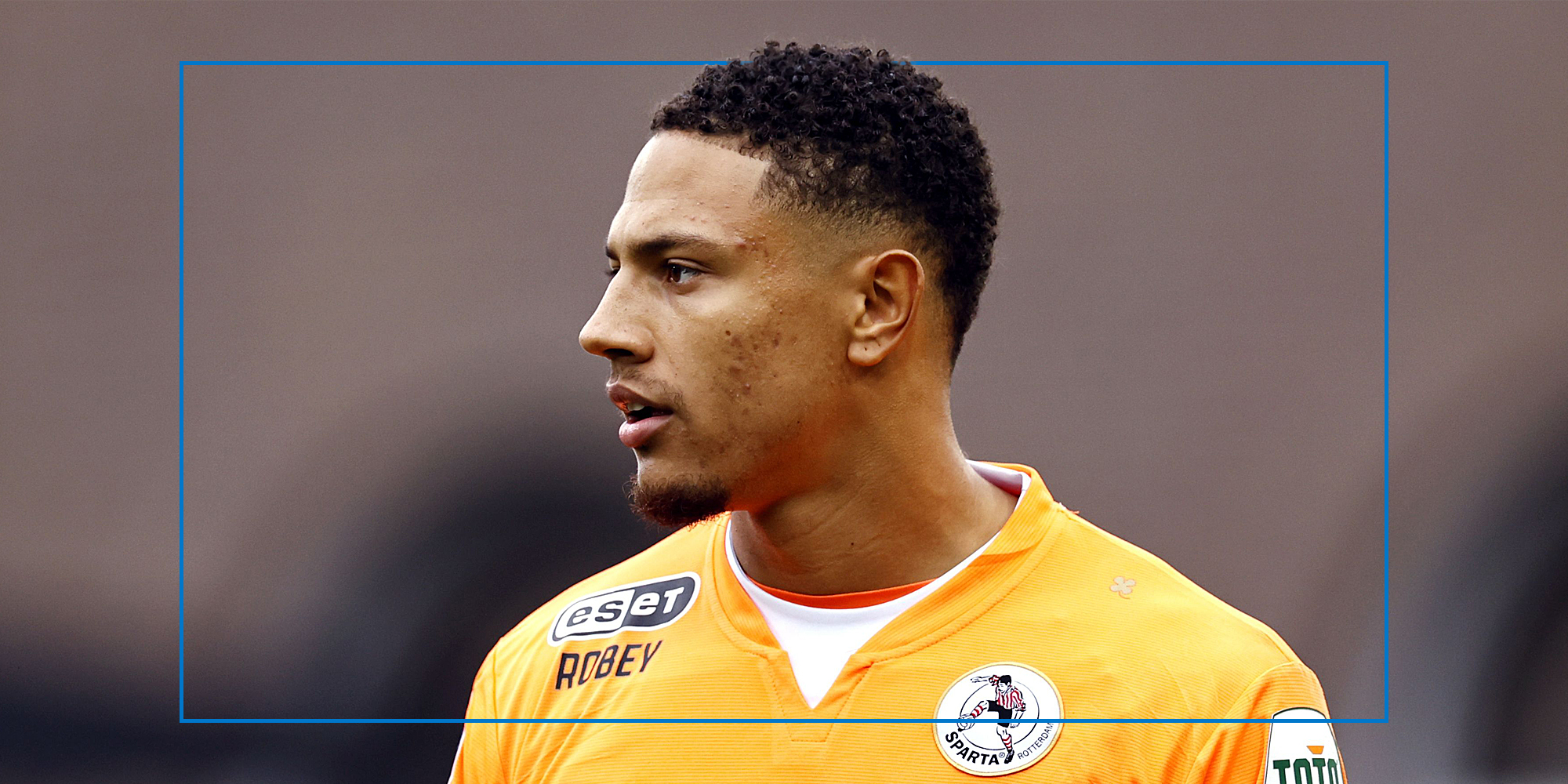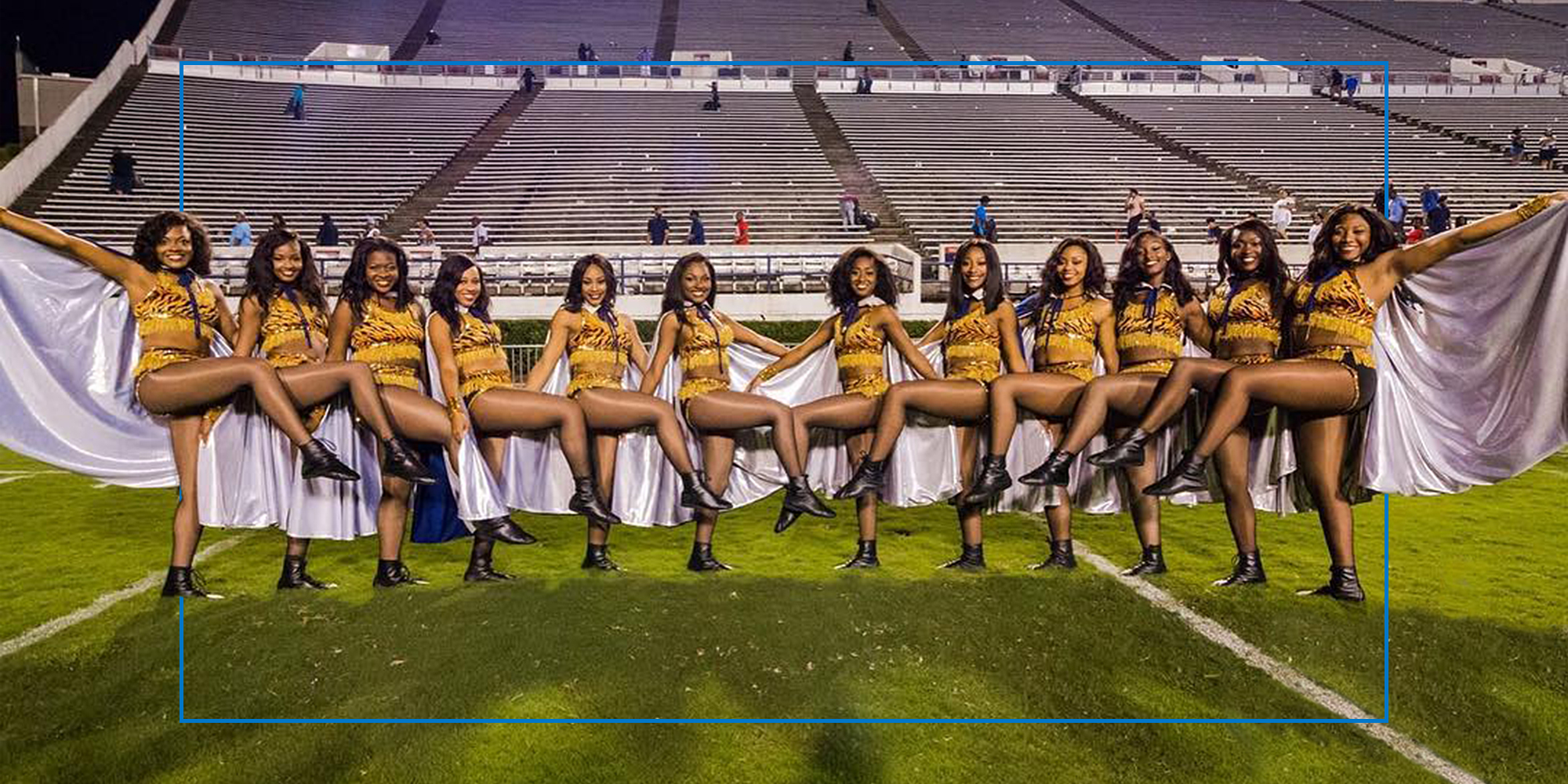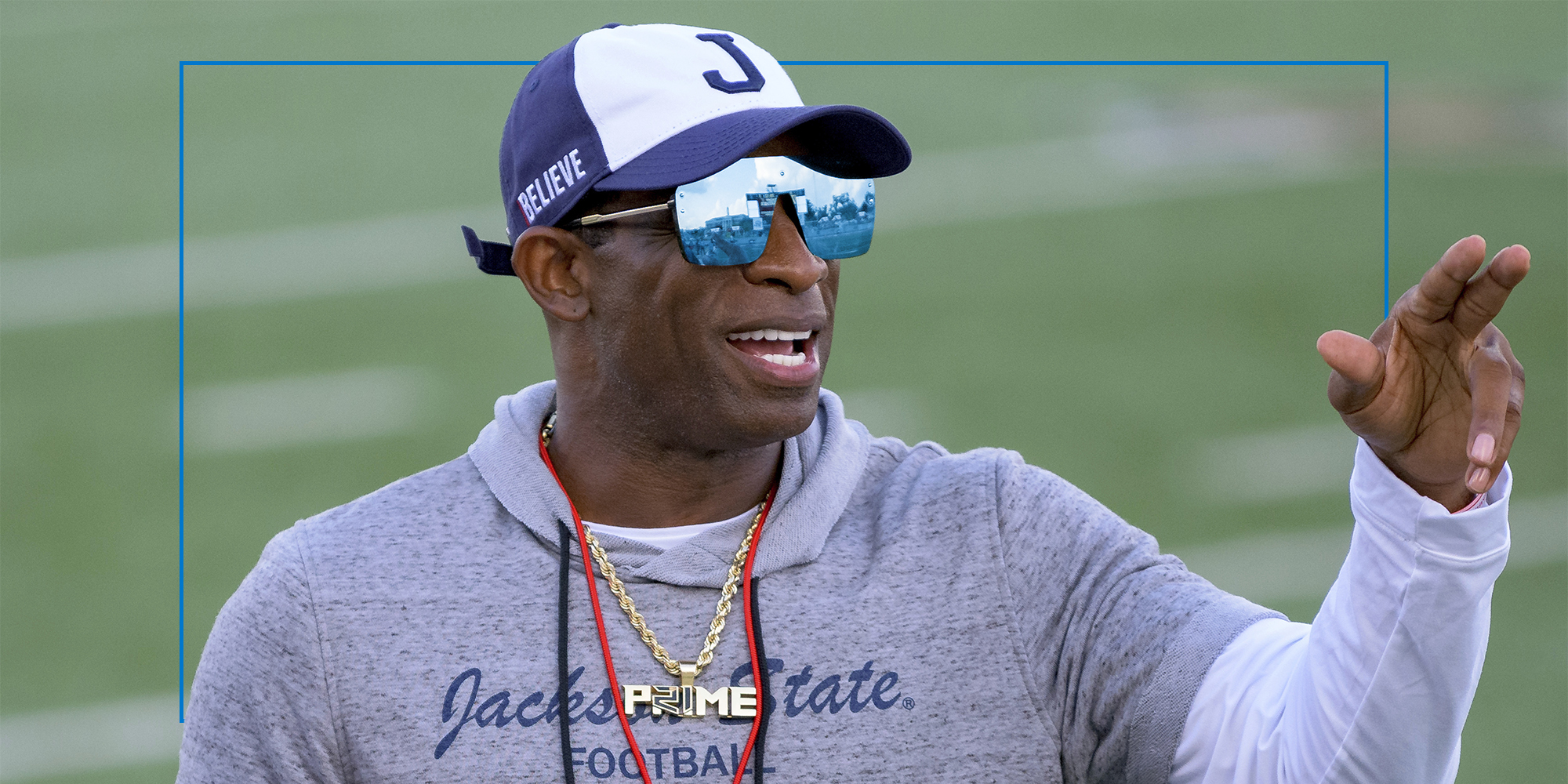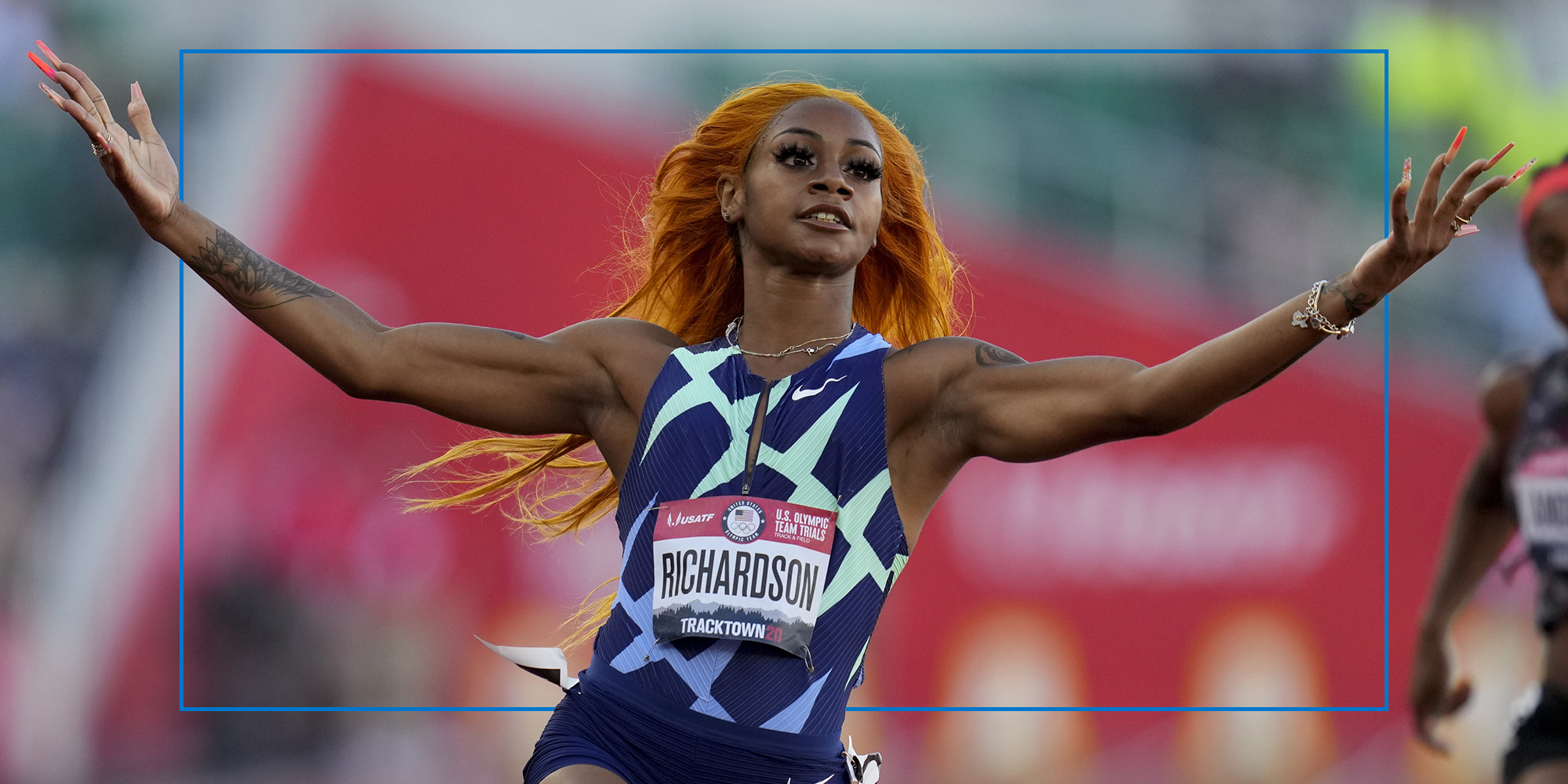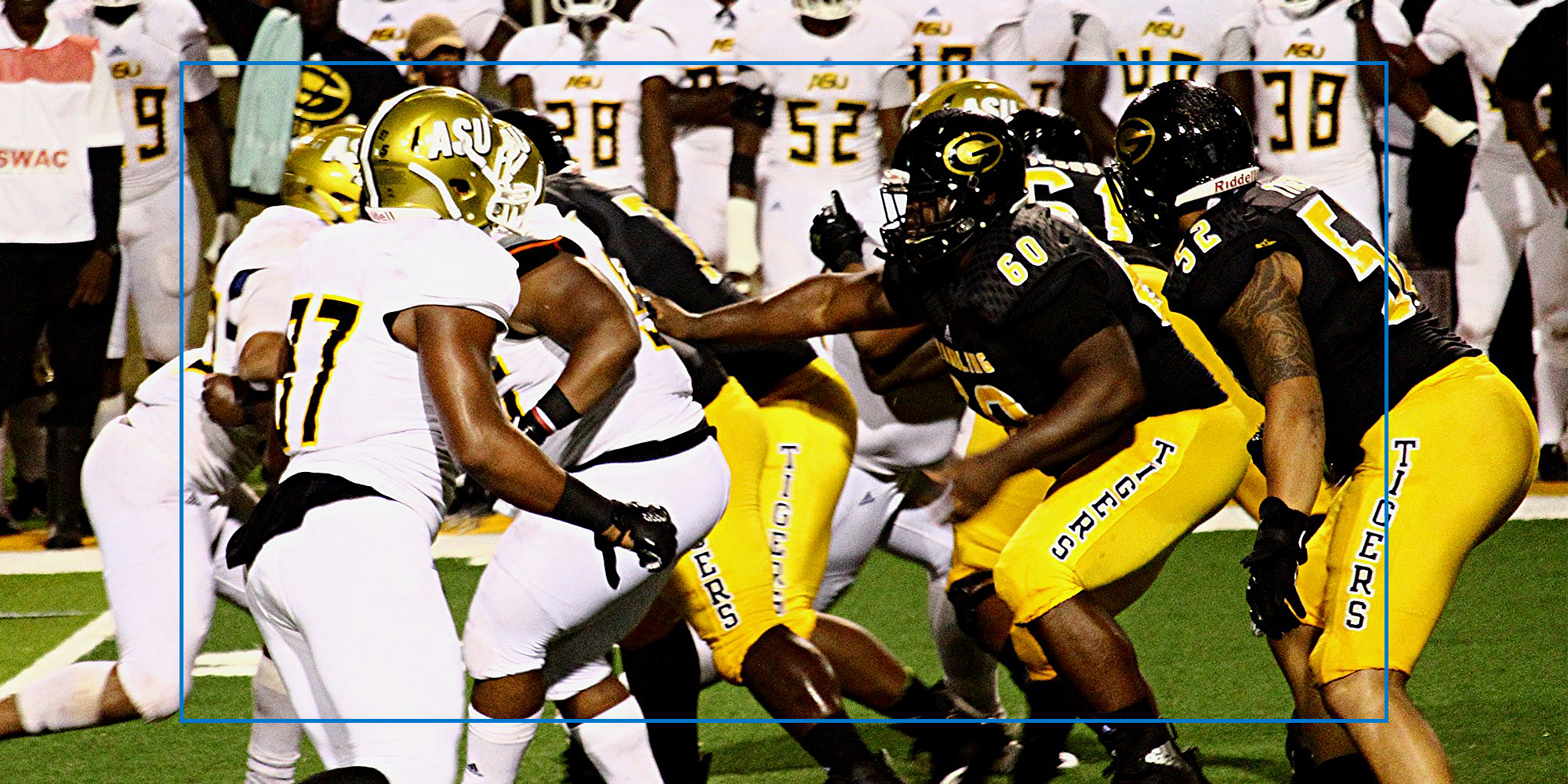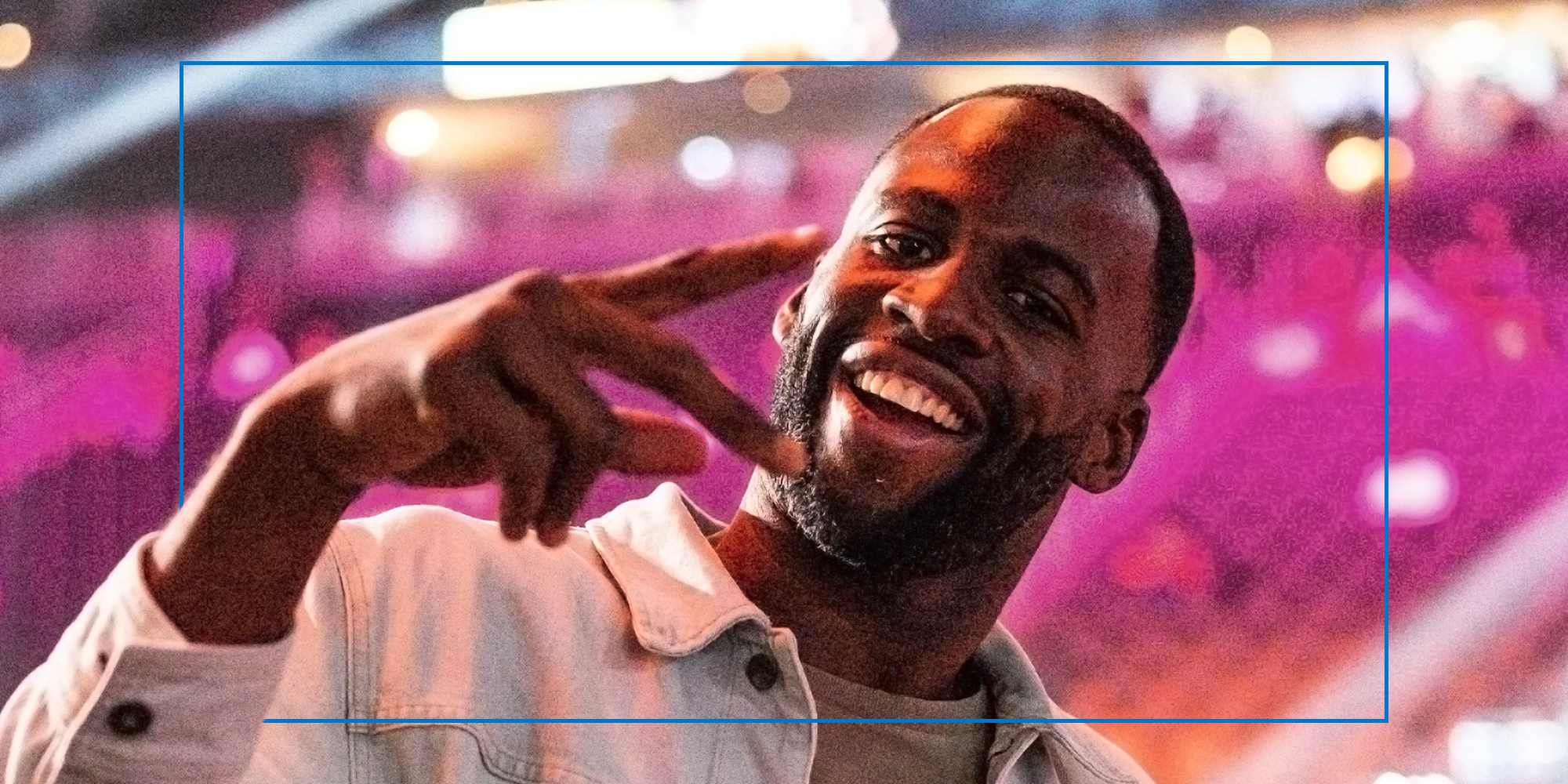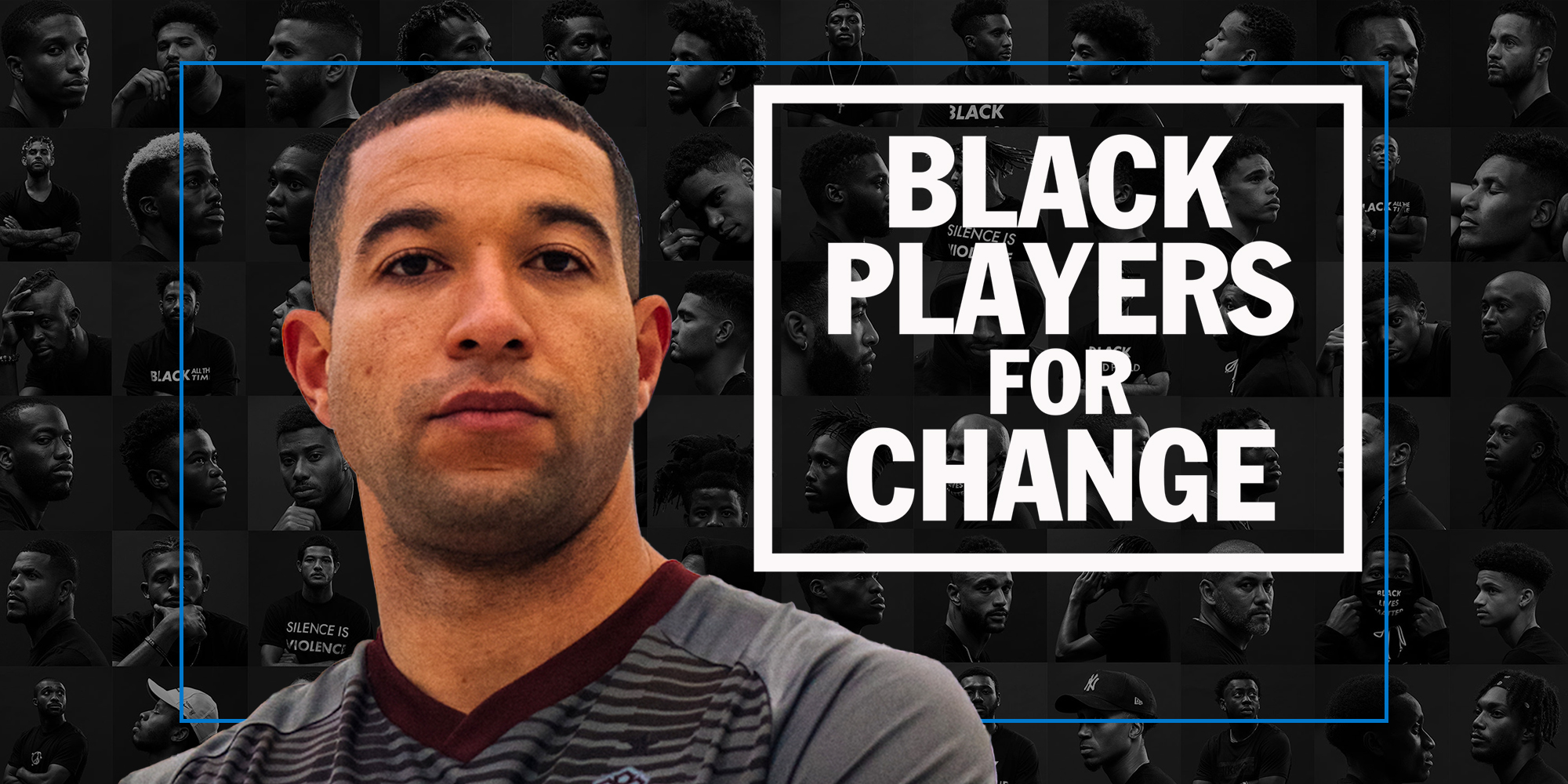Soccer’s inability to understand female soccer fans — by overtly moderating what they engage with on social media, while not attempting to eliminate sexist behaviors and attitudes in stadiums — is costing the sport more than $4 billion a year.
Female fans are opting to attend fewer games and spend less time at the games they do attend due in part to what they’re encountering while they’re there, according to a recent study from London-based marketing company Bulbshare. And as a result, their expenditure on the game has significantly reduced.
Approximately 25% of current female fans have admitted to actively reducing their spending due to these issues, which amounts to an estimated $623 million in lost revenue. Furthermore, if football could address these issues and create a more welcoming and attractive environment for existing female fans, it could also attract new female fans, leading to a potential revenue upwards of at least $3.6 billion for football clubs in the United Kingdom.
The world’s biggest sport has made strides in recent years to push towards equality, diversity and inclusion — including FIFA’s Let Girls Play initiative, Everton’s early endorsement of Her Game Too, an organization launched by female fans raising awareness of sexism that currently exists in football, and Hope United 2022 in which English footballers, both men and women, banded together on content intended to “tackle online sexist hate.” They all are attempting to use their influence to shift conversations towards solutions regarding sexism in the sport.
But when looking at aspects of how female fans engage with men’s and women’s football online and in stadiums, there has been a juxtaposition. In stadiums, women face a plethora of verbal abuse from other match goers who face little repercussions, while online, these same fans are subjected to social media marketing that dumbs down the aspect of football being a competitive sport.
‘Blowing the whistle on sexism’
Bulbshare, billed as a “co-creation platform that builds online communities that enable conversations and collaboration to elevate consumer-brand connectivity,” released a report last November in association with Her Game Too highlighting how female football fans continue to face significant issues that limit how they consume men’s and women’s football.
They sought to comprehend what differences there are, if any, in how female fans engage with and experience football. Bulbshare CEO Matt Hay remarked, “Football should be synonymous with community, camaraderie, and sportsmanship. But, too often, female fans don’t get the same experience online. This research was our way of blowing the whistle on sexism in the game.”
The report showed several high-profile instances of sexism directed towards female fans and pundits in mainstream media and social media — including a chilling March 2023 report from The Athletic on the in-stadium abuses some women have faced, the episode in which Leeds United’s social media account took pundit Karen Carney out of context to draw fans’ online ire, and commentator and former England national team player Alex Scott telling the BBC, “I’ve had so many tweets saying I should be at home ironing or cooking.”
Yet the report also showed the coverage of football in these mediums for female fans is very positive. This, says a former UEFA social media manager, who spoke on the condition of anonymity, is incredibly intentional.
“Social media, and media in general, is a pretty controlled environment. An organization like UEFA, can’t 100% control what will take place in a stadium. They can’t control the actions of say 65,000 match goers,” she said. “But only a few people have access to their socials. All of a sudden, on this very large platform, you can control the narrative.”
‘Good, clean fun’
The former social media manager last worked during the 2022 Women’s Euros, a tournament featuring the best women’s national teams in Europe which took place in England. While she had never worked specifically on a women’s tournament during her time at UEFA before the tournament, she didn’t expect the content to be much different than what happens during men’s tournaments.
“I was sorely ill-prepared for what was expected of me last summer from my higher-ups. We were under pretty strict guidelines during the last Euros. Very different from the men’s Euros, which I had covered the year before.
“UEFA were hell-bent on not having any slip-ups, which is understandable, but we were given a pretty rigorous list of no-nos. It was strange. It’s still sport, regardless as to who is playing it. But we were pretty much not allowed to show anything that makes football competitive.
“Any sort of conflict was not really allowed to be shown. We tried to push this rule as much as possible, but it’s a bit ridiculous when you think about it. Football is a sport; the entire nature of it is two teams competing.”
Any sort of content that showcased spirited rivalry between teams, trash talk, time-wasting, or dissent was strictly banned in most cases by UEFA, says the former social media manager. The team was in fact told to ensure that they wanted the tournament to be marketed as “good, clean fun.”
“I really could not believe my ears when I heard those words,” she observed. “It’s incredibly condescending when you think about it. No one in their right mind would refer to England’s men’s team looking to win an international trophy for the first time in six decades as good, clean fun.
“Instead of spending our meetings coming up with content and figuring out how to execute it, we spent so much time brainstorming ideas, only for us to refer to what we jokingly called ‘the list of doom,’ and realize what we wanted to do wasn’t allowed.”
It would be easy to point the blame solely at UEFA, but there has long been this idea that women’s footballers should consistently be the bane for sportsmanship, and show up with a “happy to be here” attitude — a view riposted in a recent article in SB Nation women’s soccer site All for XI. To say that the rivalry and competition in men’s football does not translate to women’s football is simply a roundabout way of saying women’s football can’t reach the same level of respect.
“I think it depends on the organization,” the social media manager reflected. “UEFA may have different rules to FIFA, who will have different rules to the Football Association, and so on. But I do believe that, whether it is subconscious or not, these organizations are so scared of making a mistake or somehow offending one person in the way that they cover women’s football.
“And it’s just not right. There is a way to make coverage inclusive, respectful, entertaining and with the trends at the same time. We don’t need to dumb down women’s football, nor make it overtly family friendly. It’s insulting.”
How to engage fans
Yet research from Bulbshare shows that this seems to be a prominent issue when it comes to bodies and right holders promoting their content. Leagues and clubs often are more focused on showcasing the sport at its best.
NWSL commissioner Jessica Berman, for example, told ESPN on the eve of the 2022 final in October that the league’s marketing focus is “fan engagement and conversion” — with an emphasis on getting all types of fans to attend matches in all games throughout the league, and with attendance to live matches being a particularly crucial benchmark.
Yet, a fine balance that needs to be achieved — despite the men’s game not being afraid to show the competitive side of things, there is a level of toxicity that the women’s game would do well to avoid.
“Coming into any tournament, an organizer will see social media as a way to keep their current audience engaged and bring in more viewers, with the aim of keeping them long-term,” says a social media executive from FIFA, who also spoke on the condition of anonymity. He last worked with the footballing body during the 2022 Men’s World Cup in Qatar.
“During the off-season, we can’t really do original content much on socials due to broadcast rights and restrictions. Our team relies a lot on archive footage and maybe jumping onto current trends and internet jokes. But when a tournament comes around, especially when it’s the World Cup, it’s all hands on deck.
“And our content varies a lot. Interviews, fan color, behind-the-scenes footage, you name it. We’re also given quite a bit of leeway. The content can be informative; a lot of our most popular content is about learning about the host country’s traditions for example, but we’re really free to have fun with it. Making jokes, participating in memes, all of that is fair game when it comes to making content during the men’s tournament.
“As long as it is appropriate and respectful, it doesn’t matter,” he added. “You have to do those kinds of things if you want to appeal to a mass audience.”
Despite FIFA’s official accounts doing all that they can to ensure that their content doesn’t cross any boundaries to their millions of followers, they are also aware that the best way to encourage audiences to engage with their content is to stir up controversy.
“There are certain things that can start conversations,” the FIFA social media rep said. “High-drama moments and comparison posts, for example, always go viral because people will always pick a side, defend their side, and insult everyone on the other side. It creates conversations, which generate views, clicks, and shares.
He points out, “It’s toxic. I certainly wouldn’t encourage players to read the comments on our channels, but as long as it makes money, I don’t think it will change anytime soon.”
‘A huge commercial potential’
According to Bulbshare, that toxicity isn’t always paramount to being a fan on social media. Its study determined the majority of female fans, especially those who primarily follow the men’s game, see social media as a way to create communities.
These fans believe, though, that there is a disconnect between what goes on online and what happens in stadiums, as football clubs specifically attempt to be proactive in making safe spaces online for fans while neglecting the abuse that occurs on match days in stadiums. Negative matchday experiences limit attendance, which means that clubs are missing out on potential revenue sources, with over a quarter of female fans spending less at games because of issues around sexist chanting and crowd safety concerns.
By not catering to the needs of existing female football fans, clubs are missing out on significant commercial potential. Improved engagement with this demographic is likely to increase the likelihood and rate of attracting new fans to the game.
Bulbshare’s report shows it has been estimated that the average UK football fan spends over $870 per year towards supporting their team, including tickets to games, merchandise, club media subscriptions, and the like. If half of the revenue generated by female football fans was spent on clubs, it would help offset some of the financial losses currently being experienced by clubs due to the fact that 26% of female fans are spending less money.
Furthermore, if there were as many female as male soccer fans following the game in the UK, that would represent an additional 8 million customers, with the estimated $3.6 billion in revenue they’d bring. The disconnect between clubs and organizations and female fans has never been bigger.
“The inability of clubs to create environments where they feel fully welcomed, valued and safe, means that fewer female fans are attending matches and those that do are spending less money,” says Bulbshare’s Jeff Macdonald, who helped lead the platform’s research.
“These are fans with the same massive levels of passion and loyalty as their male counterparts. There is a huge commercial potential here that clubs are currently missing out on. Better meeting the needs of these existing female football fans will only increase the likelihood and rate at which further fans begin to engage with the game.”
Should football actively look to better understand their female fan base with open dialogue, they might not only be able to provide an improved experience for that growing group of fans, but also find that they’ve gained a massive business opportunity, which at the end of the day, is what the football business is all about, whether we care to admit it or not.
Yara El-Shaboury is a London-based Egyptian and Canadian journalist and content creator who focuses on the intersection of sport with culture, class, and identity. Follow her on Twitter at @yaraelshab.
This story is part of the Pixel Pitch series, exploring the spaces where soccer, the internet and identity intersect. Pixel Pitch is a joint project partnering The Daily Dot with The Striker, a soccer-centric online publication “where every day is a soccer news day.”
See more stories from Presser – examining the intersection of race and sports online.



